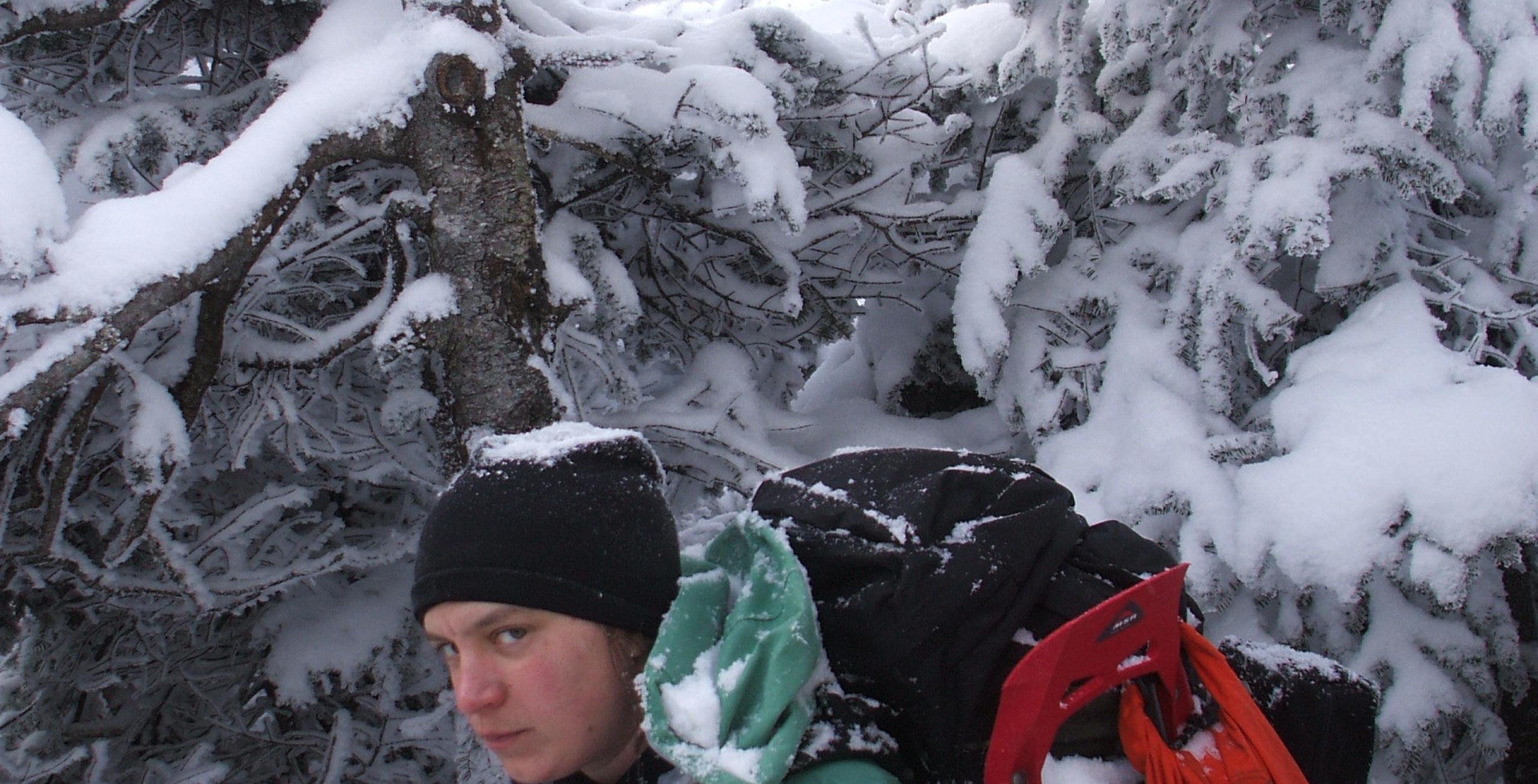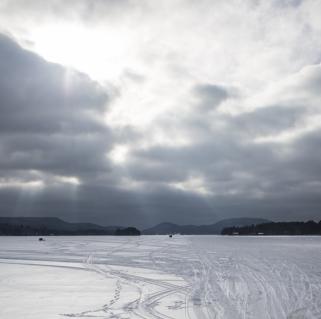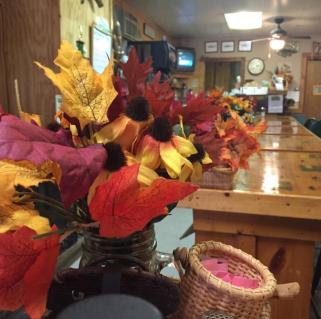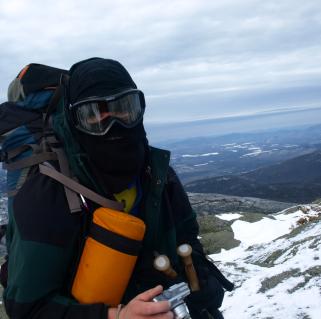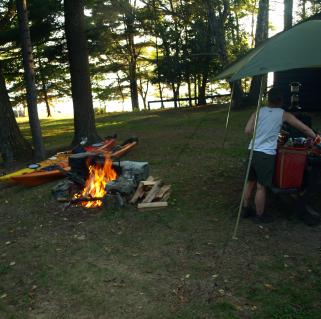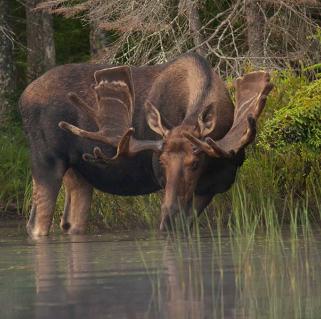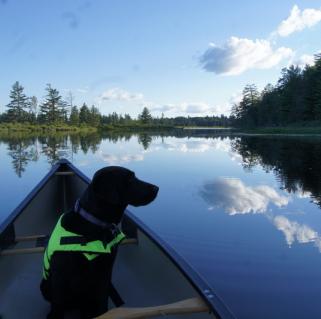No matter the destination, no matter the part of the Adirondacks, no matter the conditions at hand, I see improperly prepared people hiking in the winter cold. I mostly contribute that to a lack of experience and knowledge of layering and proper "pre-game" preparation. First off, proper equipment and layering is essential for safe and enjoyable winter outdoor sport activities that include snowshoeing, mountaineering, crosscountry skiing and so forth. This "Proper Layering" blog is part of a series that will be broken down into five parts: (1) materials, (2) head protection, (3) foot protection, (4) hand protection and (5) core protection. This breakdown has been created to show the importance of each bodily region, without taking shortcuts.
Before you start layering or purchasing layering pieces, it is important to understand the materials out there that are used and which ones might best fit your needs. It's not all black and white and I try my hardest not to be judgmental or show favoritism, but when it comes to the winter and cotton, I cannot hold my tongue.
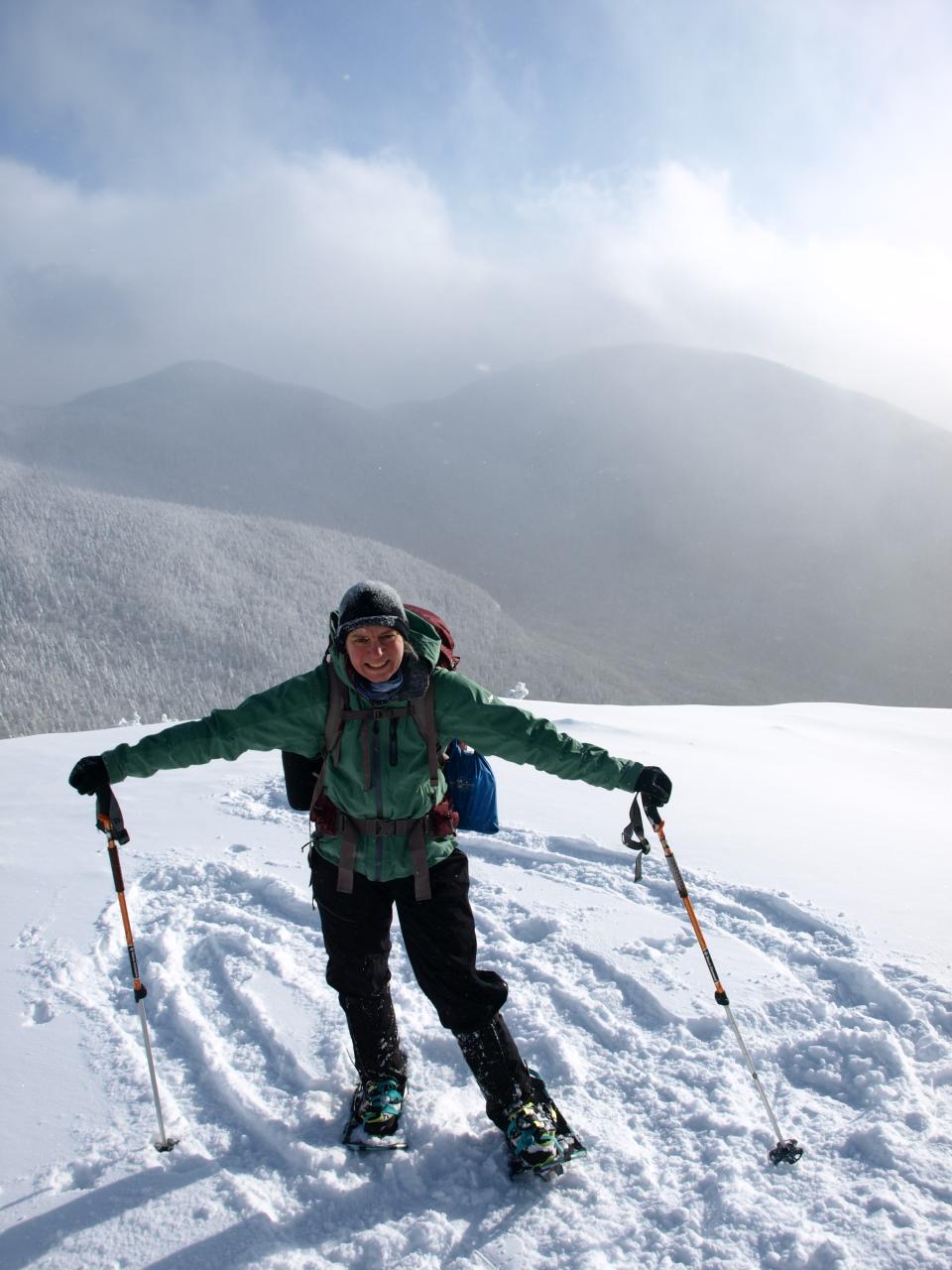
Cotton Kills!
The saying "cotton kills" is as true as the sky is blue. Will it kill you every time you where it? No. Will it harm you or cause you injury every time you venture on a trail with it? No. Does it increase your chances of cold injury? Yes. Simply put, leave it at home. It has no place in the backcountry during the colder months. Sure cotton is comfortable, soft and inexpensive, and the options for style are grander; however, once cotton gets wet it stays wet, then it freezes, then you freeze and life becomes miserable. If camping in winter and your cotton gets wet, you will wake up the next morning with blocks of ice that you have to wear, and that means you will have a hard time warming up throughout the day, and you will never be completely dry. Because of that, cotton accelerates hypothermia and makes your body work harder than it should to stay warm.

Wool works for sheep
Wool also works hard for you. Wool stays warm when wet, even if it's saturated. That should say it all right there. Wool also dries quickly under the right conditions. This isn't just you dear ol' granddad's hunting wool, although that works great as an outer layer as well. I use it in a pair of pants and as a jacket. Wool isn't always heavy to wear and rough to the touch, but it has been around and used in the outdoors for more than a century. You may not see it on very many hikers, skiers, ice climbers or mountaineers anymore – that's mainly because of the wondrous alternative of lightweight and fitted merino wool.
Merino wool is much lighter and softer to the touch, and if you have an allergy to wool, merino wool still may not be a viable substitute. Merino wool is produced from merino sheep, which have softer wool. This type of wool was originally produced in Spain, but over the decades it has been popping up all over the world. New Zealand and Australia are two of the largest producers of merino wool.
Merino wool helps regulates body temperature very well, especially as a baselayer. It comes in several weights for additional protection. While providing excellent warmth, it does not overheat the user. Like all wool, merino wool is excellent for wicking moisture away from the skin, keeping your skin dryer and your body temperature higher.
All wool contains lanolin, an antibacterial substance that reduces the unpleasant stench that many other clothing materials absorb once sweat is introduced to them. Much of the wool clothing can be worn for days on end without the worry of offending your neighbor. Merino wool is also expensive, even more so than regular wool products, but it tends to last just as long if not longer than non-wool products if you take care of it properly.
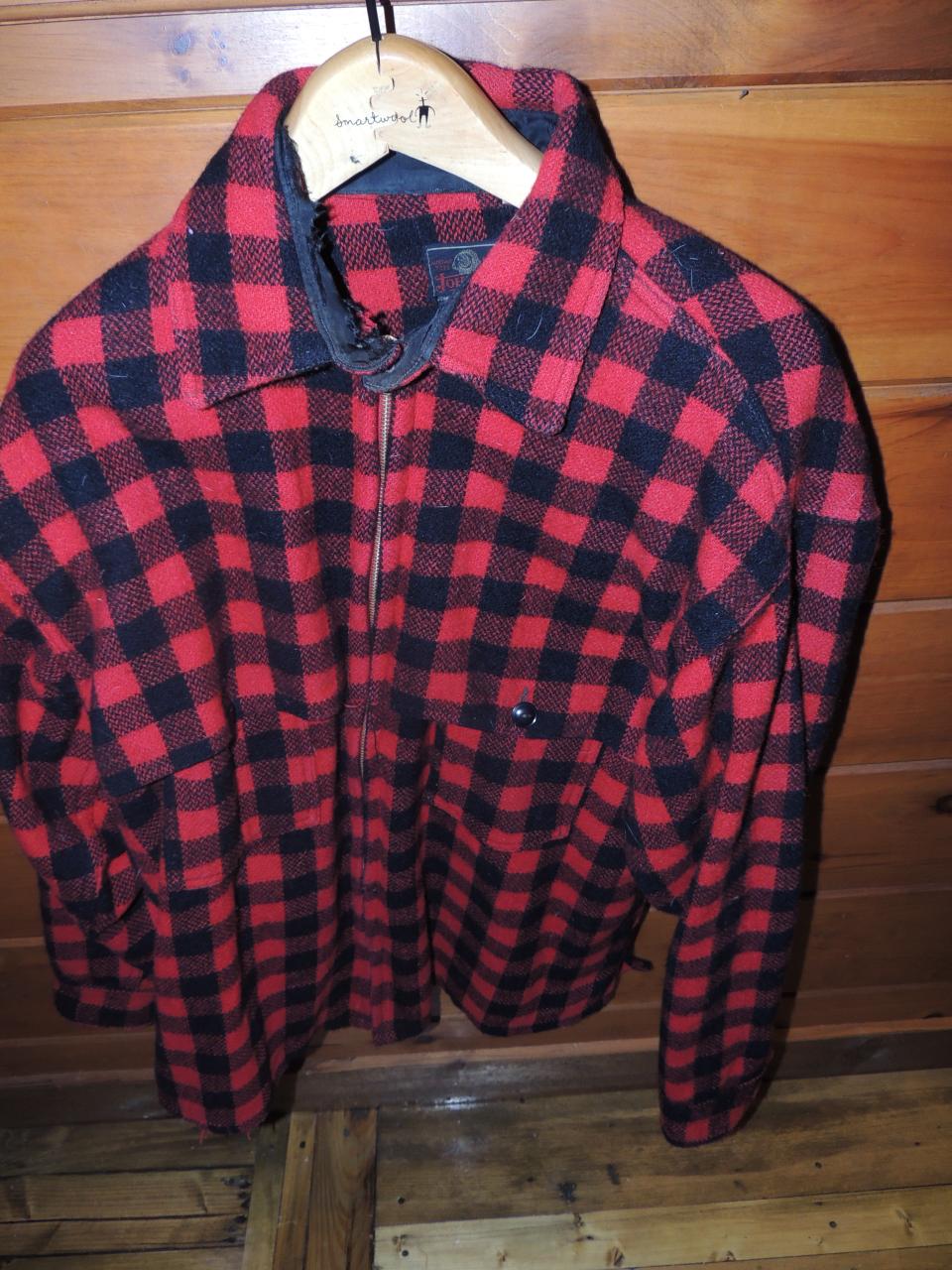
Polyester/synthetic materials and fleece
These are the most popular materials for outdoor clothing. This is mainly due to affordability, function, weight and their quick drying properties. The largest downfall of synthetic materials is it is essentially plastic and petroleum products. The other downfall is the smell you can get from the materials from sweat penetration over time. When worn frequently sweat gets imbedded into the material, where bacteria goes to work and settles in, causing the clothing to obtain and hold onto odors which are very difficult to wash out, even with special detergents.
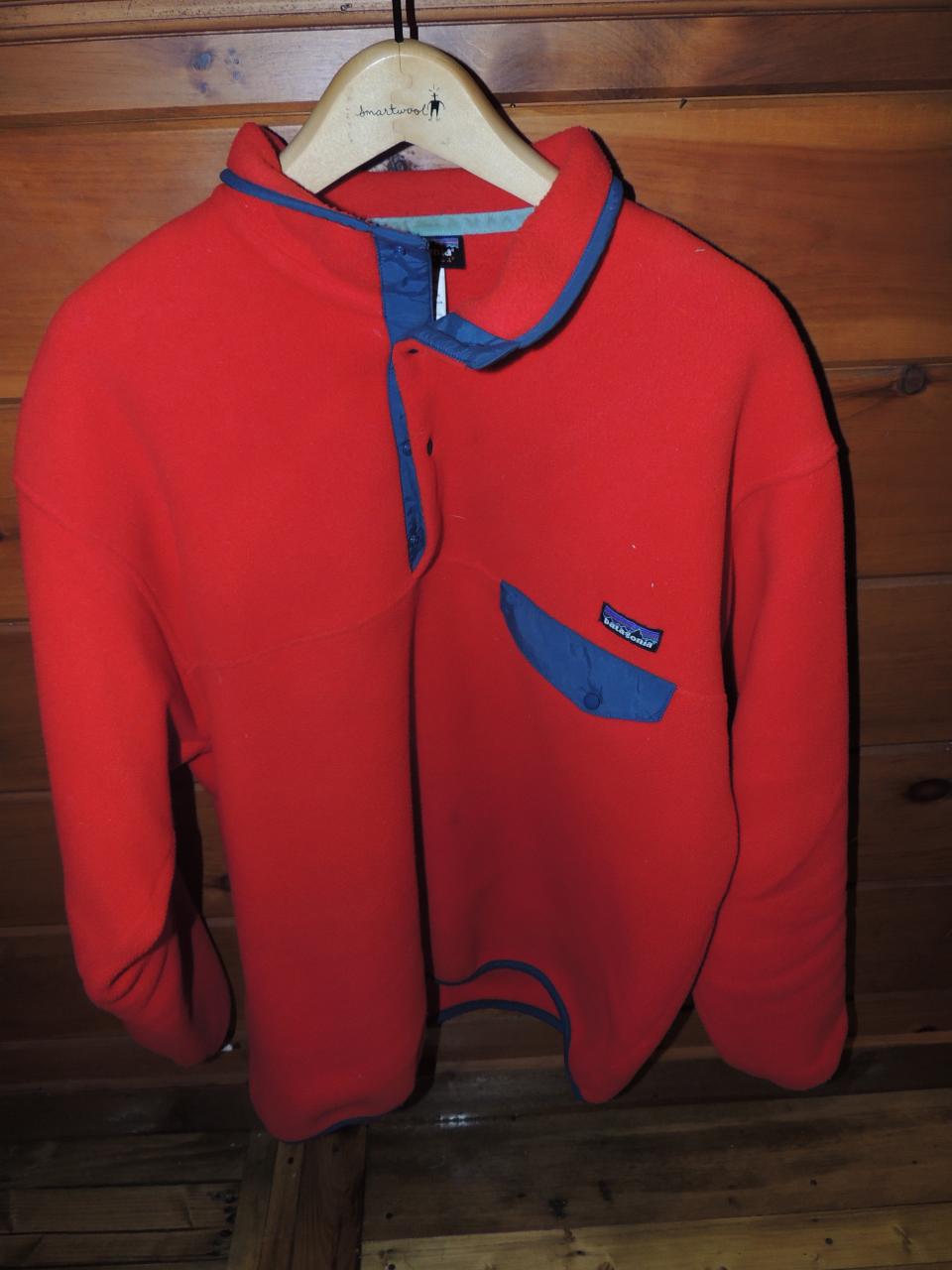
These materials dry quickly and most are very good at wicking moisture away from your skin, but they do tend to get colder quicker than wool. Fleece is sometimes made from old plastic bottles and makes for a great outer layer on warmer days, and a cozy mid-layer for colder days. Fleece makes for wonderful hats and light gloves, but gets wet very quickly in moist snow.
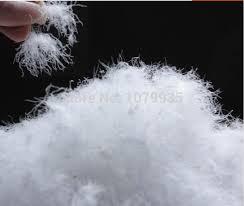
Duck and goose down
Down materials are not friends with moisture. Down is simply a feather layer under the outer feathers of ducks and geese used to fill outerwear, sleeping bags and other products. There are many different types of down, such as duck down and goose, and many different down "fill" categories like 200, 600 and 900. The higher the number, the better the down and the more expensive the piece. Down has excellent loft and the loftier the piece, the warmer the piece will be.
While your down jacket is cozy and warm, be sure to keep it dry. Once the down is wet, it loses almost all of its insulative properties and essentially becomes heavy and useless. Do not hike in your down jacket, it is too warm and sweat will soak into the fibers and moisture, as I mentioned, is not down's best friend. Use the down piece as a layer for above tree line, at camp or for extended idle time.
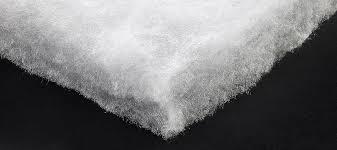
Primaloft is almost down, but not quite
Manmade down is essentially what Primaloft is, with many of the same qualities. However, it retains its warmth when wet and is much less bulky. It was initially developed for the military as a warmth layer. When wet, it retains around 95 percent of its warmth values and retains its loft, making it an excellent product for outdoor activities. There are several thinner pieces of outerwear made with Primaloft that are a great alternative for fleece and a mid-layer.
Breathable WATERPROOF Shell
This piece is the outer portion of your layering system that should be waterproof and uninsulated. This layer is also windproof and traps heat, making you warmer from less loss of body heat. There are many different companies making waterproofing for shell layers, but Gore-tex is possibly the most popular and essentially the most expensive. It is best to also have a shell with some sense of breathability to allow some body heat to escape.
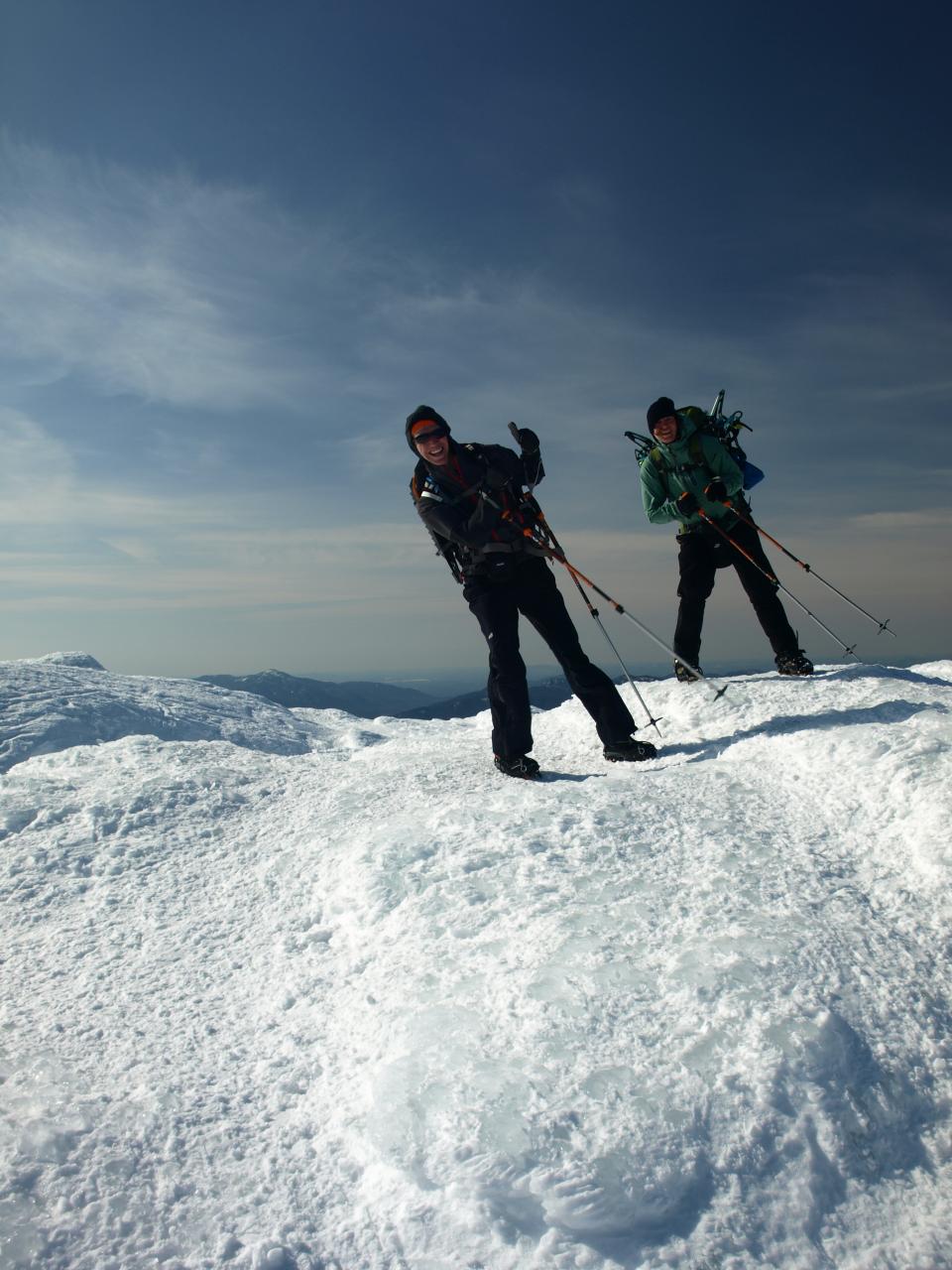
The materials you have just read about are pretty much the materials I will be covering in each of the following layering blogs. Some areas of the body require more attention than others and have different pieces of gear that are not covered in the above materials section, such as goggles, gaiters and boot materials. For more information or to try out different layering options, be sure to check out a local gear shop or outfitters for details and clothing options. Next I will talk about protecting your noggin from the frigid temperatures and how to use a hat as a temperature regulator.

